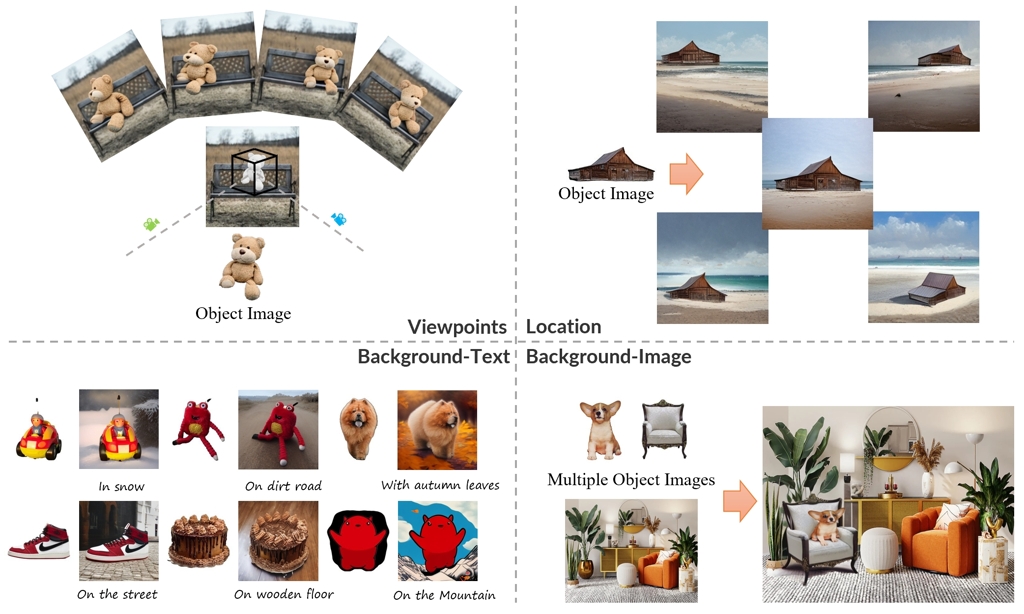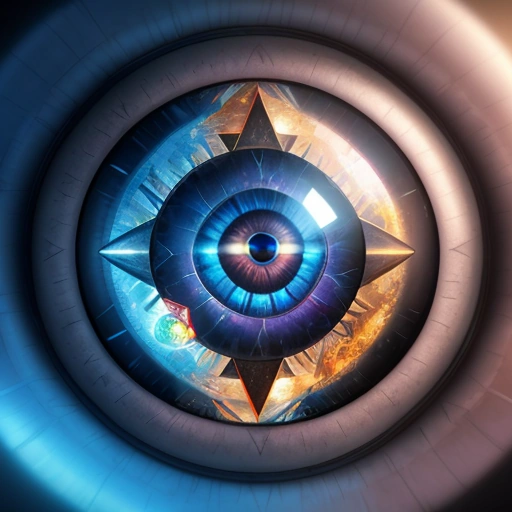
Abstract
Incorporating a customized object into image generation presents an attractive feature in text-to-image generation. However, existing optimization-based and encoder-based methods are hindered by drawbacks such as time-consuming optimization, insufficient identity preservation, and a prevalent copy-pasting effect. To overcome these limitations, we introduce CustomNet, a novel object customization approach that explicitly incorporates 3D novel view synthesis capabilities into the object customization process. This integration facilitates the adjustment of spatial position relationships and viewpoints, yielding diverse outputs while effectively preserving object identity. Moreover, we introduce delicate designs to enable location control and flexible background control through textual descriptions or specific user-defined images, overcoming the limitations of existing 3D novel view synthesis methods. We further leverage a dataset construction pipeline that can better handle real-world objects and complex backgrounds. Equipped with these designs, our method facilitates zero-shot object customization without test-time optimization, offering simultaneous control over the location, viewpoints, and background. As a result, our CustomNet ensures enhanced identity preservation and generates diverse, harmonious outputs.


Why do academic papers always sound like this? I get that they’re trying to sound smart, but it’s seriously harming the accessibility
The language is probably to make sure the communication is clear. Too many personal word choices and the message might get muddled.
I think it’s entirely possible to communicate clearly using everyday language